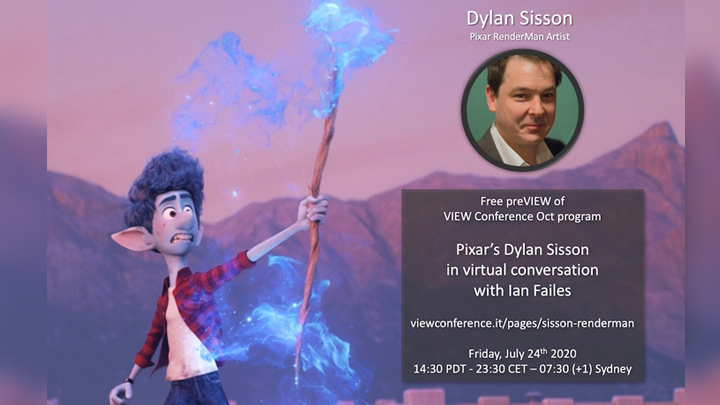
- #Renderman it viewer no aov how to#
- #Renderman it viewer no aov pro#
- #Renderman it viewer no aov code#
Finally I present the “final result” by showing a version of the scene where I set primvars across the scene and added lighting. Next I introduce the use of primitive variables (primvars) for changing shader parameters based on attributes on the scene geometry. We start by fixing a HUGE error in the previous tutorial by correctly reading from out baked occlusion and curvature.
#Renderman it viewer no aov how to#
This lesson is part 3 of a 3 part demonstration of how to shade and light a city block in Katana and RenderMan. This meant every render was using live and not baked occlusion and curvature, and was thus both noisier and slower than they should have been. Also, this video contains a HUGE error: when switching form bake render branch to the final render brach, I did not copy the OpScript which set the baked texture file names, or the CEL for the material assign which assigned shaders at the leaf geometry level. My apologies for the poor audio quality and sync, by the end of the video, there’s about a 50 second lag. In this section, we cover how to use baked occlusion and curvature textures to drive procedural aging on a layered shader of dirt, chipped paint, and brick. This lesson is part 2 of a 3 part demonstration of how to shade and light a city block in Katana and RenderMan. UPDATE: There was a request that I share the city and camera alembic files, I've provided links below, as well as the textures I use for Part 2: These caveats aside, I still feel there some value in posting these rehearsals given the need for documentation/instruction in these areas. Not having much experience with screen capture on windows, you'll have to excuse the audio dropouts, and loss of sync. In the shader, an output variable must be declared and assigned a value using the depth () function.

#Renderman it viewer no aov code#
It requires two lines of code in both the shader (.sl) and the scene description (.rib).
#Renderman it viewer no aov pro#
It was made using RenderMan 21.5 and Katana 2.5 on a 2015 macbook pro running bootcamp, which predates the dramatic improvements in live rendering planned for RenderMan 22. There are a few steps that must be taken to get RenderMan to output secondary images.

For those trying this technique out, be sure all your geometry has unique non-overlapping UVs, suitable for baking (automatic mapping in Maya is suitable).ĭisclaimer: This video is a recorded rehearsal for a lecture I gave at the Filmakademie Baden-Wuerttemberg in July 2017, and is not an official tutorial from Pixar or The Foundry. This involves assigning the bake material at the leaf geometry node level, exposing the file name of the baked textures as a material parameter, and setting this parameter based on the geometry name using an OpScript in deferred mode. In this section, we cover how to import geometry and camera from maya into Katana using alembic, and how to set up baked occlusion and curvature maps for every object in the scene as a basis for procedural shading. This lesson is part 1 of a 3 part demonstration of how to shade and light a city block in Katana and RenderMan.


 0 kommentar(er)
0 kommentar(er)
